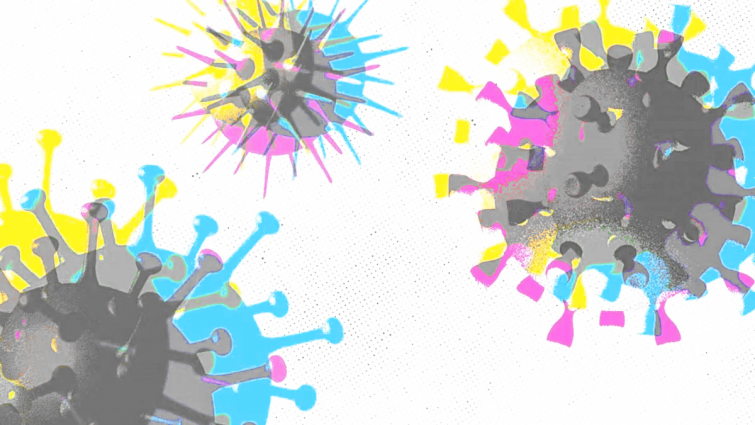
July 22, 2022
Bulletin interne de l'Institut Pasteur


SARS-CoV-2 hijacks nanotubes between neurons to infect them
COVID-19 often leads to neurological symptoms, such as a loss of taste or smell, or cognitive impairments (including memory loss and concentration difficulties), both during the acute phase of the disease and over the long term with "long COVID" syndrome. But the way in which the infection reaches the brain was previously unknown. Scientists from the Institut Pasteur and the CNRS have used state-of-the-art electron microscopy approaches to demonstrate that SARS-CoV-2 hijacks nanotubes, tiny bridges that link infected cells with neurons. The virus is therefore able to penetrate neurons despite the fact that they are lacking the ACE2 receptor that the virus usually binds to when infecting cells. The study has been published in Science Advances.